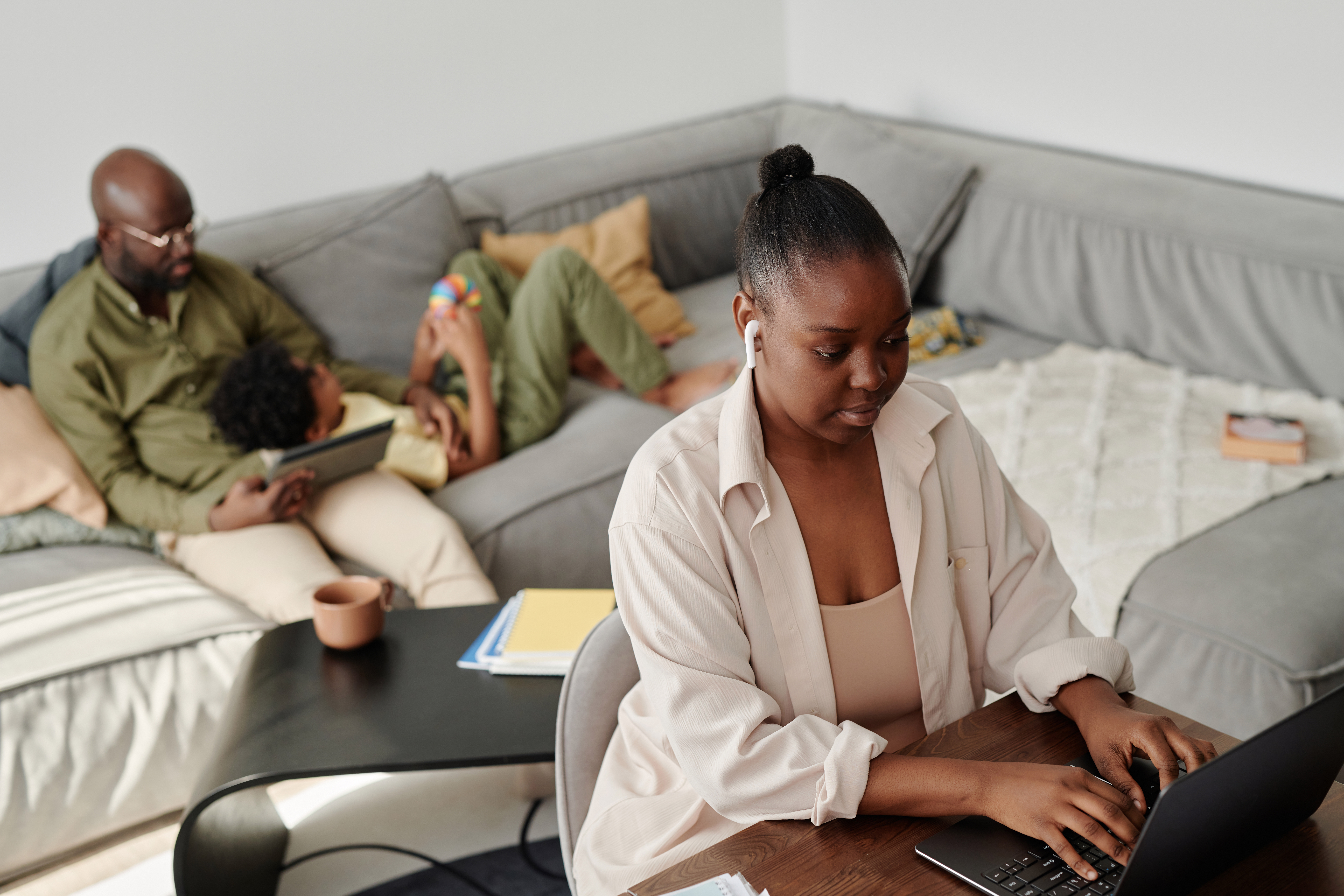THE NEW NORMAL: FLEXIBLE, PRODUCTIVE WORKING FROM HOME FOR ALL

Coming to the end of the first quarter in 2020, it’s been a wild ride so far. We lived our lives a certain way before COVID-19 forced Australia into lockdown in early March. We have had to adapt to survive the immediate impacts, changing our business operations and environments so workforces can function independently from their homes. We’re now hearing that experts are declaring life after the lockdown restrictions are lifted will be a very different world as we know it, but this doesn't mean things will necessarily change for the worse.
Unfortunately, many businesses such as hairdressers, restaurants and others, have been forced to stand down some, or all their employees during the lockdown, and they have been unable to carry on in any form of business capacity. The virus’ impact on the Australian economy is expected to be negative, potentially leading to the lowest GDP growth here since 1991-92. At a basic level, quarantine restrictions are physically preventing economic activity and spending.
It has however, given many industries an opportunity to reconsider how they do things, entrepreneurial visions have been flexed, and innovative new ways of working have been implemented. Some of these industries will prosper, while others will go through an interesting transition that will see them evolve and become robust businesses that can withstand any future bushfire/flood/pandemics.
The need to work from home saw a surge in purchases of new home-office equipment; monitors, desks and webcams featuring highly, and in some cases, completely selling out. We quickly realised this wasn’t going to be a short-term arrangement, and many of us wanted to ensure we could be as productive and comfortable as possible while nationwide lockdown is in place. After the expected teething problems and 4-6 weeks later, employees and organisations alike are realising this is actually quite manageable, and dare we say, somewhat enjoyable(?!) It’s not comparable to having a team collect around a boardroom table to share ideas and work together in the flesh, and it can be tricky to maintain an employee-centric culture, but it does build the case for permitting more flexible working for everyone in the future.
Brookings Institution labelled the pandemic “among other things, a massive experiment in telecommuting" and Patricia Strach, interim executive director at the Rockefeller Institute recently said that “this forced work-from-home experience is showing us that work-from-home arrangements are a viable strategy for many businesses and that this is likely to be true even after the crisis is over.”
Where remote working was once considered a concern for productivity and efficiency, a recent study conducted by Airtasker indicated that remote workers are actually more productive than their office-based counterparts.Working from home can also improve work/life balance and foster better mental health, not to mention reduce pollution from commuters.
Fast Company predicts that remote work software, like mobile work tools and virtual reality conferencing, will become the preferred form of communication – even over face-to-face meetings. Companies that don’t allow remote work already are going to have to continue supporting it going forward, now that they have proven to themselves that it works. The transition to managing a remote workforce might be daunting, but with the right tech and hardworking employees, it can be a seamless process.
What do companies have to do to get this right?
There are key learnings to be taken from this enforced working from home period and they point towards understanding how digitally mature (or otherwise) an organisation is. Companies that want to survive, evolve and thrive beyond COVID-19 should look at the systems and processes they currently have in place to enable their teams to collaborate and engage with each other and ask these questions:
- Do all employees have the files and software (i.e. the digital tools) they need to get their jobs done effectively?
- What data does the organisation collect to enable them to make informed business decisions?
- What business processes could be digitised and integrated to improve efficiency?
Digital First are experts in the field of Digital Strategy. We have developed an assessment tool for organisations of all size or industry that provides an indication of their digital maturity and builds a path to transforming their business with digital means. This digital workplace maturity assessment tool aims to assist organisations become a connected and collaborative environment, allowing employees to easily access knowledge, information and data, while working individually or collaboratively, internally and externally, anywhere, anytime using an interconnected suite of business applications.
Companies that empower their employees in this way promote higher job satisfaction and loyalty, whilst also getting the most out of their teams.
Contact us for a free consultation about how to start your digital maturity assessment (03) 8657 0196





